Sea anemones clinging to sea crabs for a ride are one of the most impressive images that scientists captured during a recent expedition to Indonesian waters.
Scientists from the US Oceanic and Atmospheric Administration (NOAA) and Indonesian scientists recently conducted an ocean bottom exploration near the Indonesian island of Sulawesi. They traveled by the American ship Okeanos Explorer and used remote-controlled mini submarines to explore the seabed.
The expedition started on June 23 and ended on August 14. Scientists took several hundred thousand photos, and the video they recorded amounted to several hundred hours.
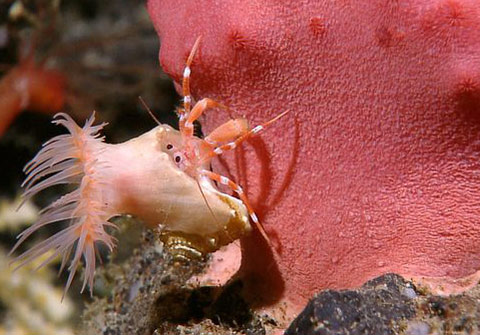
A sea anemone clinging to a Hermit crab to ” hitch a ride ” near the Indonesian island of Sulawesi is one of the rarest and most interesting photos the expedition captured. Hermit crabs often use the shells of snails, oysters or slugs to protect their bodies.
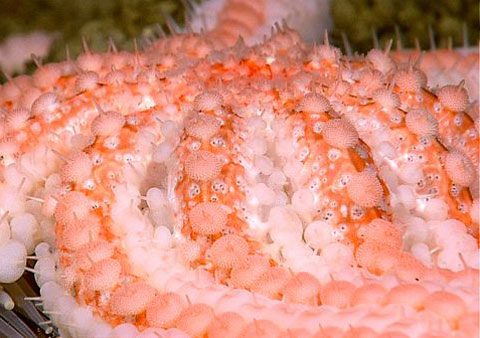
This 10-legged starfish was discovered at a depth of 270 m on August 2. Most sea stars only have 5 legs.
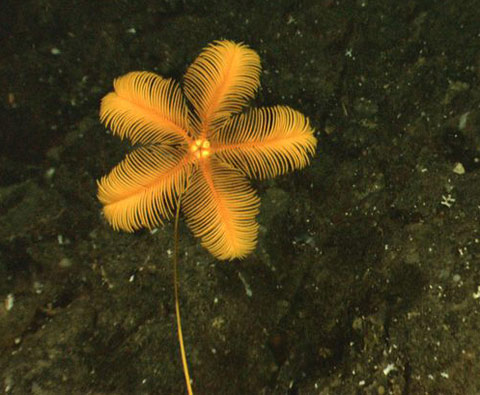
Sea lily is the name of a species of echinoderm-like sea urchin, capable of running away when in danger. They are the oldest group of echinoderms still alive today, with about 5,000 fossil species and more than 600 living species. Most crinoids live attached to long stalks, a few live freely. Today people rarely see crinoids, even though they once dominated the ocean floor.
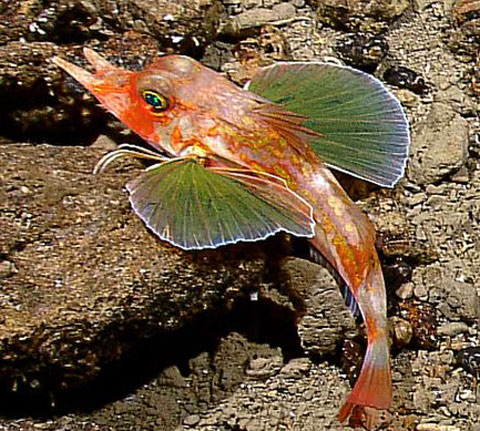
The red crested fish has many different sets of fins on its body, each with its own function. For example, one set of fins helps a fish swim, while another set allows it to cling to the ocean floor.
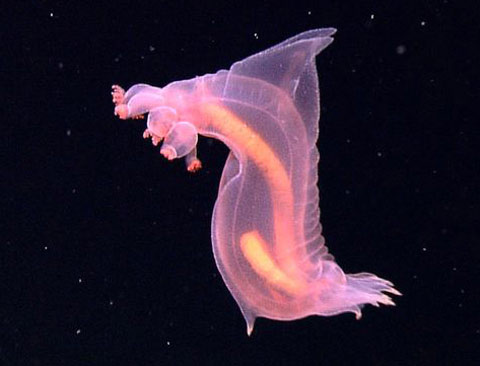
Sea cucumbers swim in cold water at a depth of 3,200 m. About 1,250 species of sea cucumbers live in the oceans. They have cylindrical bodies with flexible, round, shiny skin and may have rough spines. Photo was taken on July 27.
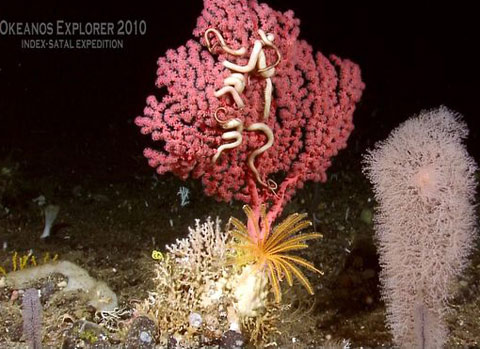
A crown-of-thorns starfish crawls through a bubblegum coral tree.
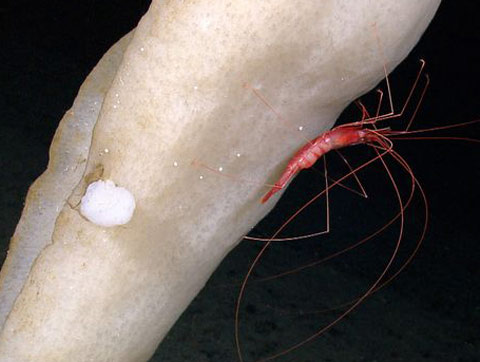
Long-legged lobsters cling to sponges.
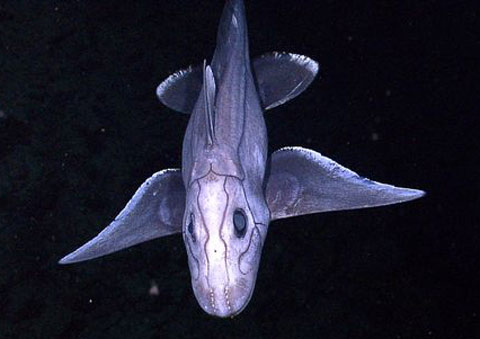
A ghost shark near Sulawesi island. They and the shark family have the same ancestor, but evolved in two different directions 400 million years ago.
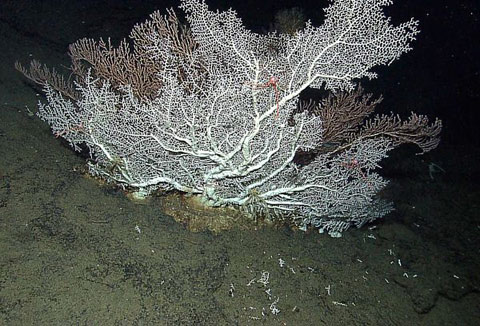
A hard coral tree at a depth of 1,400 m. It has existed for 1,000 to 6,000 years.





